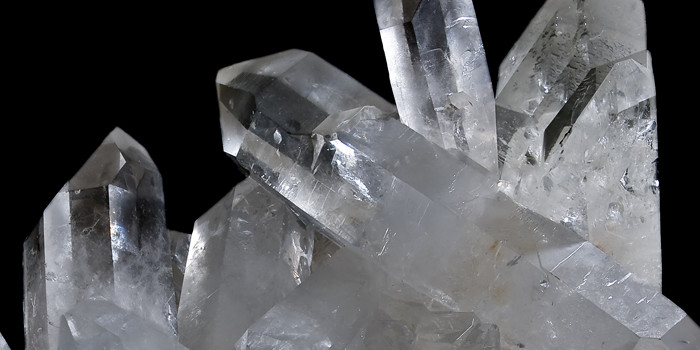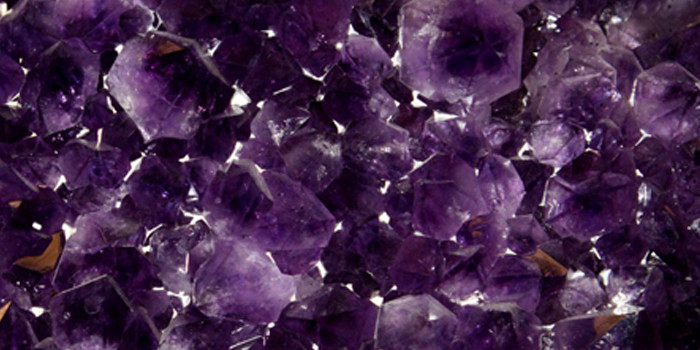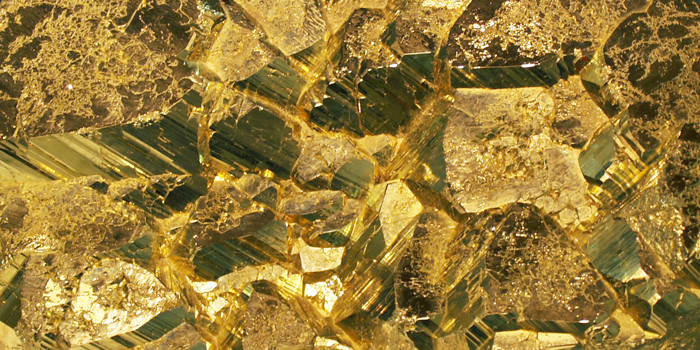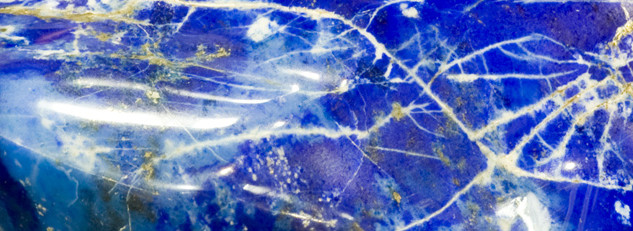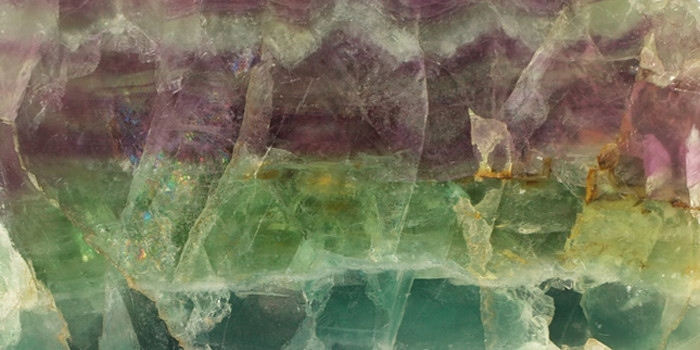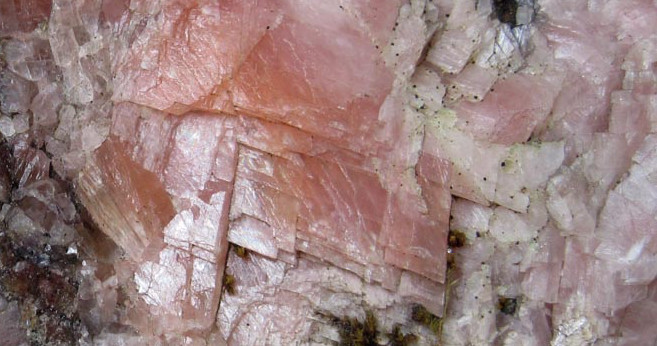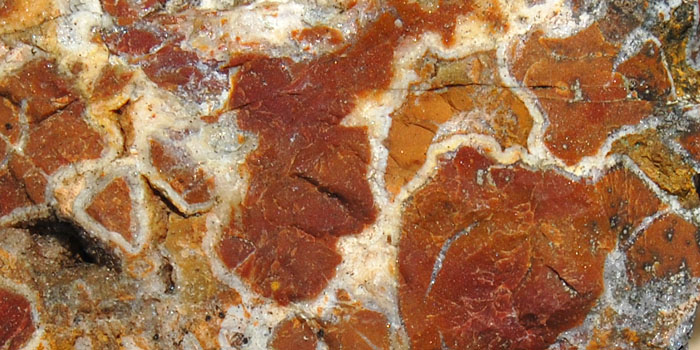
Chinese Picture Jasper
The image above shows raw picture jasper stone before it is cut, shaped and polished. Chinese Picture Jasper
Liuzhou Prefecture, Guangxi Zhuang A. R., China
Liuzhou is located on the banks of the winding Liu River Liuzhou has a history of more than 2,100 years. The city was founded in 111 B.C. when it was known as Tanzhong.
Historically, Jasper is traceable to all ancient peoples and civilizations. Worn by shamans, priests and kings, it was considered sacred and a powerful protection stone, for both the physical world and in the spiritual realm. Amulets of Jasper were carved by the Egyptians with symbols and inscriptions from the Book of the Dead and buried with mummified remains for safe passage in the afterlife. It was highly utilized in many cultures for engraving cylinder seals, signet rings, and special talismans depicting astrological and religious images. It was the twelfth stone in the Breastplate of the Jewish High Priest, and the apostle Peter is supposed to have derived his name from Jasper, the rock upon which Christ would build his church. To the medieval world and the Native Americans, Jasper was “the rain bringer” and highly regarded as a stone for dowsing. [Mella, 87-88][Melody, 344-345][Kunz, 90, 122, 226-229, 276][Fernie, 199]
Picture Jasper, a remarkable form of Brown Jasper, is characterized by masterful “scenes” and landscape patterns formed by Nature, and is believed to contain hidden messages from the past. It was revered in many cultures of the world for its deep connection to the Earth, its protection during shamanic journeying, and its ability to divine the land and the future. It is perhaps more closely connected to the planet than any other Jasper and is known today as the Stone of Global Awareness.

